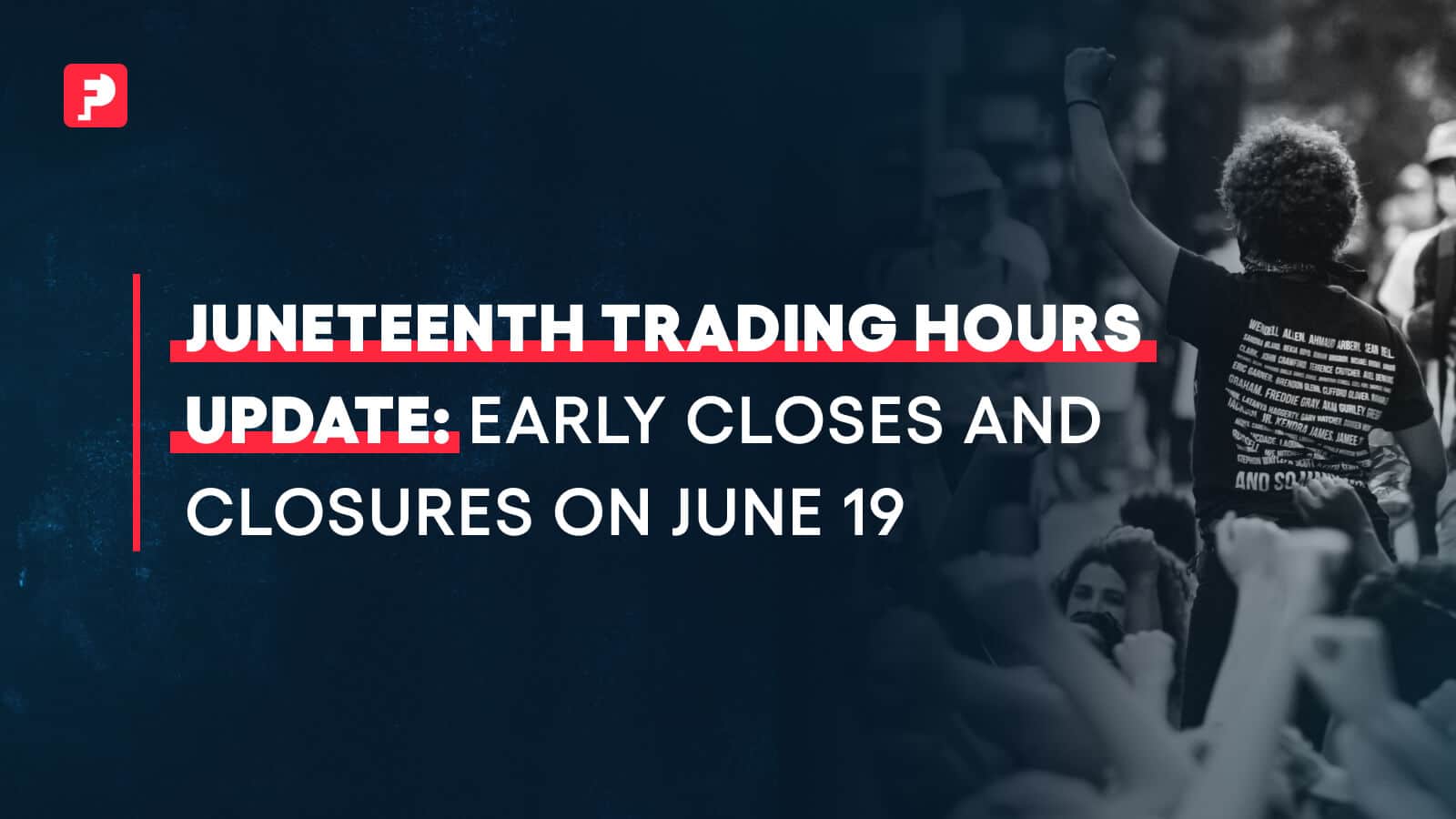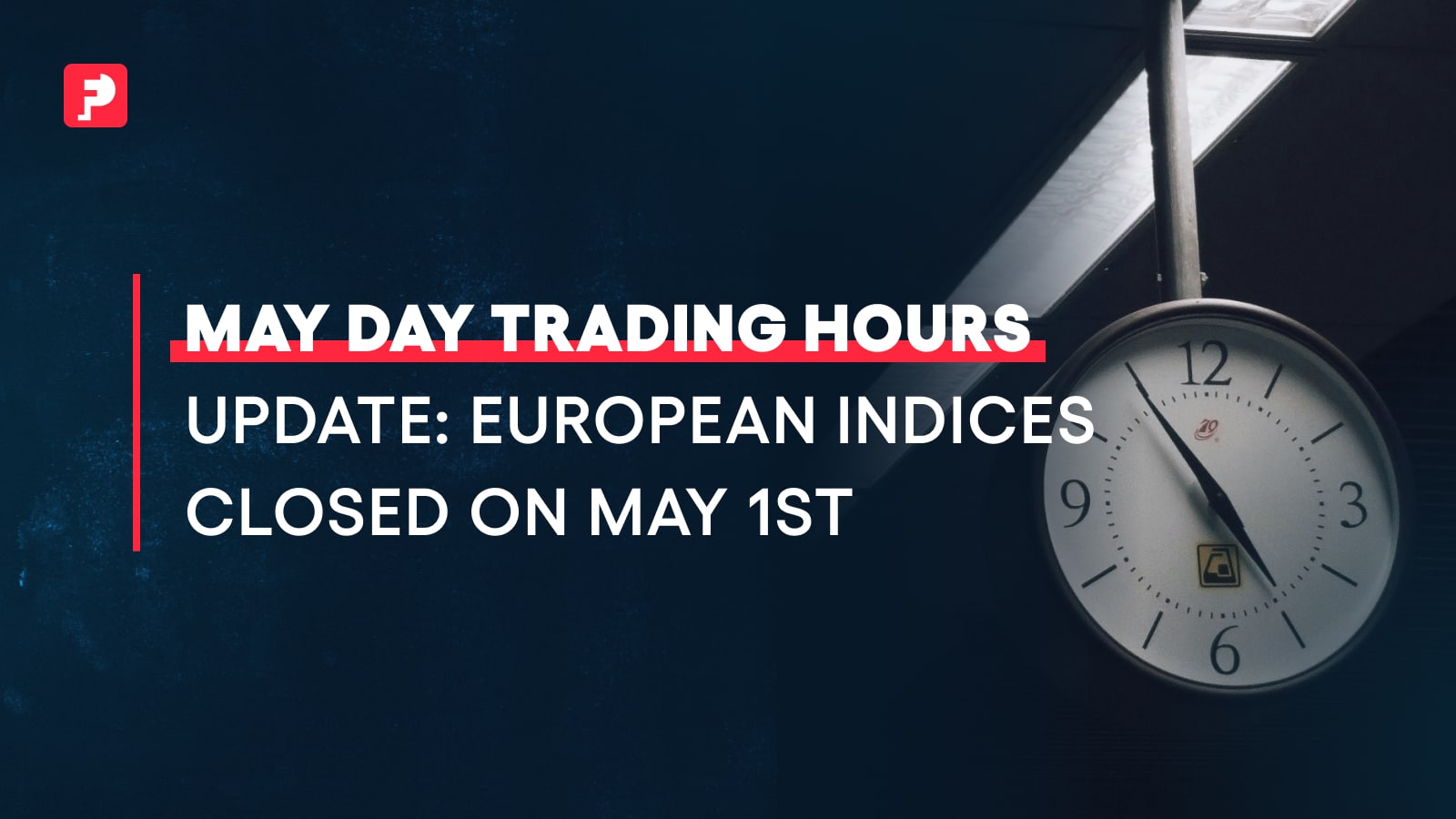
Types of Stop-Loss and How to Get the Most Out of Them
Key Takeaways
- Stop-loss orders help manage risk by setting a predetermined exit price, with trailing stop-losses offering dynamic adjustments.
- While useful, they have drawbacks like slippage and potential for premature sale.
- Effective exit strategies consider asset volatility, liquidity, and personal risk tolerance.



